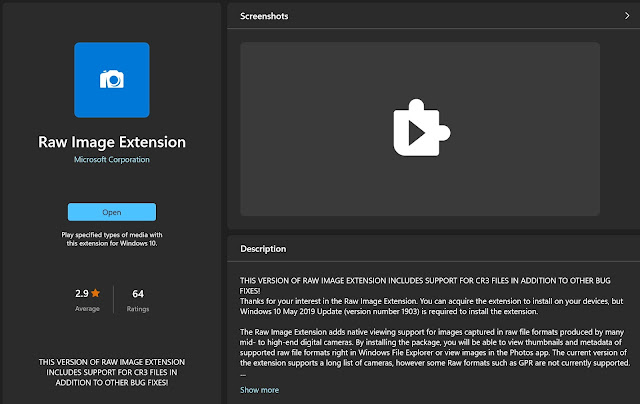Scanning some old family slides
 |
| An assortment of slide boxes |
 |
| Even more slide boxes |
The snag is that I don't have an easy way of viewing them. Somewhere in the attic I have an old Bell & Howell slide projector, the type that takes one slide at a time but I don't know if it works. With one of the slide batches there was a Halina slide viewer.
 |
| Halina 531 Slide Viewer |
However the viewer did not work. Opening it up I found the original batteries were still inside and very corroded. These were replaced but it is still not working. Possibly it may need a new bulb or there may be a problem with it making a circuit, more diagnosis needed. So for the moment I'm holding the slides up to a light for an approximate initial idea of what is on them (may soon be time for a diy lightbox - see Light pad as a light box).
To share the slide photographs with family I wanted to be able to scan them. For this I chose the Plustek OpticFilm 8100, a competent but reasonably priced scanner. It is compatible with Windows10 (see update below for Windows 11), connects via USB and comes with SilverFast SE plus 8.8 scanning application software.
 |
| Plustek OpticFilm 8100 |
More information on the OpticFilm 8100 unit can be found here:
https://plustek.com/gbr/products/film-photo-scanners/opticfilm-8100/
I started with a couple of boxes of slides that were of my grandparents' retirement home as I thought I would remember some of the details from my childhood. There are very few clues as to what the slides show, one or two have something written on them and the Kodachrome cardboard mounts have a month and year faintly stamped on them (not always readable).
 |
| Slides with minimal annotation |
To scan the slides they need to be mounted into a frame, this can be done as singles or up to four at a time which is then quicker.
 |
| Scanner slide frame |
The scanner is capable of revealing a lot of detail but it also shows the smallest specks of dust and dirt. So I started giving each slide a clean with an air blower before mounting into the scanning frame. This was done with my Giottos Rocket Air Blower.
 |
| Giottos Rocket Air Blower |
The scanner can work at a maximum resolution of 7200 dpi but after a little experimentation I settled on 3600 dpi. This allowed for quicker scanning, smaller files and seemed to give about the same detail, I assume this is around the limit for that slide film and the resolving power of the lenses used. In fact some of the slides appeared to be a bit blurred anyway.
Here's a few examples of the 1971 slide scans (click for larger versions), some of the colours are a bit crazy but that's part of the fun:
 |
| Archirondelle |
 |
| Rear garden with matching bird box! |
 |
| Driveway with colourful flower borders |
The scanner will also work with 35mm negative film. This means when I finish shooting the expired Max Spielmann film in the Nikon FE, once developed, I can do my own scanning.
Update for Windows 11 [2022-12]
Since setting up the scanner software I changed PCs and now run Windows 11. This was not a problem. I was able to get a Windows 11 compatible scanner driver here:
https://plustek.com/gbr/products/film-photo-scanners/opticfilm-8100/support.php
And I was able to get a later version of SilverFast, which for me was SilverFast SE Plus 8.8 (there's also a version 9 now, an upgrade can be purchased online):
https://www.silverfast.com/get_update/en.html
To update SilverFast I needed the serial number and the original email address used to first register the product. The install also requires the original CD for media verification, however if you don't have a CD drive on your machine then the old serial number can be exchanged for a new one which does not require the CD.



Comments
Post a Comment